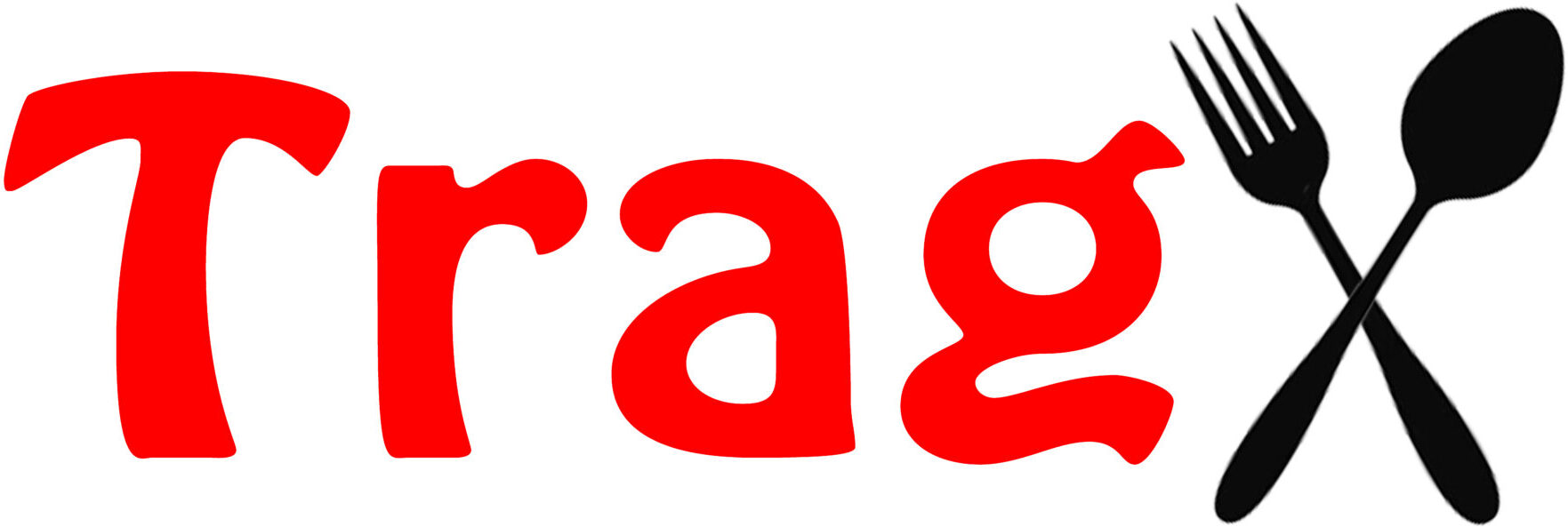Cooking salmon can be quite a delicate affair. You don’t want to overcook it and end up with dry, flavorless fish, but you also don’t want to undercook it and risk any foodborne illnesses. So, how long should you cook salmon in the oven to achieve that perfect flakiness and succulent texture? In this ultimate guide, we’ll unravel the mysteries of cooking salmon to perfection.
Whether you prefer a rare, medium, or well-done salmon, we’ve got you covered. We’ll walk you through the various cooking times and temperatures for different levels of doneness, taking into account the thickness of the fillets and the desired internal temperature. With this comprehensive guide, you’ll be able to confidently prepare a delicious salmon dish that will impress your family and friends.
Mastering the art of cooking salmon in the oven opens up a world of culinary possibilities. From classic herb-crusted salmon to spicy glazed fillets, the options are endless. So, let’s dive in and discover the secrets to achieving salmon perfection in the oven.
Factors to consider when cooking salmon in the oven

Cooking salmon can be quite a delicate affair. You don’t want to overcook it and end up with dry, flavorless fish, but you also don’t want to undercook it and risk any foodborne illnesses. So, how long should you cook salmon in the oven to achieve that perfect flakiness and succulent texture? In this ultimate guide, we’ll unravel the mysteries of cooking salmon to perfection.
Whether you prefer a rare, medium, or well-done salmon, we’ve got you covered. We’ll walk you through the various cooking times and temperatures for different levels of doneness, taking into account the thickness of the fillets and the desired internal temperature. With this comprehensive guide, you’ll be able to confidently prepare a delicious salmon dish that will impress your family and friends.
Mastering the art of cooking salmon in the oven opens up a world of culinary possibilities. From classic herb-crusted salmon to spicy glazed fillets, the options are endless. So, let’s dive in and discover the secrets to achieving salmon perfection in the oven.
Different cooking methods for salmon in the oven
Cooking salmon in the oven requires careful consideration of various factors to ensure the best results. Firstly, the thickness of the salmon fillets plays a crucial role. Thicker fillets will require a longer cooking time, whereas thinner fillets will cook faster. Secondly, the desired level of doneness should be taken into account. Whether you prefer a rare, medium, or well-done salmon, the cooking time and temperature will vary. Lastly, the oven temperature should be adjusted based on the type of cooking method used and the desired texture of the salmon.
When cooking salmon in the oven, there are three main cooking methods to choose from: baking, broiling, and roasting. Each method has its own advantages and considerations. Baking is a gentle cooking method that allows the salmon to cook evenly and retain its moisture. Broiling, on the other hand, provides a quick and intense heat that results in a crispy exterior and a tender interior. Roasting combines the benefits of both baking and broiling, producing a succulent salmon with a caramelized crust.
Recommended cooking times for different cuts of salmon
The cooking time for salmon will vary depending on the cut of the fish and its thickness. Here are some recommended cooking times for different cuts of salmon:
1. Whole Salmon: For a whole salmon, the general rule of thumb is to cook it for about 10-15 minutes per pound at an oven temperature of 375°F (190°C). However, it’s important to check the internal temperature using a meat thermometer to ensure it reaches at least 145°F (63°C) for safety.
2. Salmon Fillets: Salmon fillets are the most common cut used for cooking in the oven. For fillets that are about 1 inch thick, a cooking time of 12-15 minutes at 425°F (220°C) will result in a medium doneness. Adjust the cooking time accordingly if you prefer rare or well-done salmon.
3. Salmon Steaks: Salmon steaks are thicker cuts that require slightly longer cooking times. For steaks that are about 1.5 inches thick, a cooking time of 15-18 minutes at 400°F (200°C) will result in a medium doneness.
4. Salmon Roasts: Salmon roasts are larger cuts that require longer cooking times. A roast weighing about 2 pounds should be cooked for approximately 25-30 minutes at 375°F (190°C) for a medium doneness.
It’s important to note that these cooking times are just guidelines and may vary depending on the unique characteristics of your oven and the desired level of doneness. Always use a meat thermometer to ensure the salmon reaches the appropriate internal temperature.
Tips for achieving the perfect texture and flavor
To achieve the perfect texture and flavor when cooking salmon in the oven, consider the following tips:
1. Pat the Salmon Dry: Before cooking, make sure to pat the salmon fillets dry with a paper towel. This will help remove any excess moisture and ensure even cooking.
2. Season the Salmon: Season the salmon with salt, pepper, and your choice of herbs or spices. This will enhance the flavor of the fish and add a delicious aroma as it cooks.
3. Add Moisture: To prevent the salmon from drying out, you can add moisture during the cooking process. This can be done by drizzling the fillets with olive oil, lemon juice, or a marinade of your choice.
4. Use a Meat Thermometer: Invest in a good-quality meat thermometer to accurately gauge the internal temperature of the salmon. This will help you achieve the desired level of doneness without overcooking the fish.
5. Rest the Salmon: After removing the salmon from the oven, let it rest for a few minutes before serving. This will allow the juices to redistribute throughout the fish, resulting in a more tender and flavorful dish.
Common mistakes to avoid when cooking salmon in the oven
When cooking salmon in the oven, there are some common mistakes that can lead to less-than-desirable results. Avoid these pitfalls to ensure a successful cooking experience:
1. Overcooking: Overcooking salmon can result in dry and tough fish. Keep a close eye on the cooking time and use a meat thermometer to prevent overcooking.
2. Underseasoning: Salmon has a delicate flavor that can benefit from proper seasoning. Don’t be afraid to use herbs, spices, and marinades to enhance the taste of the fish.
3. Using High Heat: While high heat can be beneficial for certain cooking methods, such as broiling, it can also lead to uneven cooking and a dry exterior. Adjust the oven temperature accordingly to achieve the desired texture.
4. Not Resting the Salmon: Resting the salmon after cooking allows the juices to redistribute and results in a more tender and flavorful dish. Don’t skip this important step.
5. Using Frozen Salmon: While it’s possible to cook frozen salmon in the oven, it may result in uneven cooking and a less desirable texture. Thaw the salmon before cooking for best results.
Testing the doneness of salmon
To test the doneness of salmon, you can use a meat thermometer or a visual test. Insert the meat thermometer into the thickest part of the salmon fillet, making sure to avoid touching the bone. The internal temperature should reach at least 145°F (63°C) for a safe level of doneness. Alternatively, you can use the visual test by gently pressing the salmon with a fork. If the fish easily flakes apart and appears opaque, it is cooked through.
Adding flavor and seasoning to oven-cooked salmon
One of the joys of cooking salmon in the oven is the opportunity to experiment with different flavors and seasonings. Here are some ideas to add a burst of flavor to your oven-cooked salmon:
1. Herb-Crusted Salmon: Create a flavorful crust by combining fresh herbs, such as dill, parsley, and thyme, with breadcrumbs and olive oil. Spread the mixture evenly over the salmon fillets before baking.
2. Citrus-Glazed Salmon: Combine citrus juices, such as lemon or orange, with honey, soy sauce, and a touch of ginger. Brush the glaze over the salmon fillets before baking for a tangy and sweet flavor.
3. Spicy Cajun Salmon: Mix together Cajun seasoning, paprika, garlic powder, and cayenne pepper for a spicy kick. Rub the seasoning mixture onto the salmon fillets before baking for a bold and flavorful dish.
4. Asian-Style Teriyaki Salmon: Prepare a homemade teriyaki sauce using soy sauce, honey, garlic, ginger, and sesame oil. Marinate the salmon fillets in the sauce before baking for a delicious Asian-inspired flavor.
Feel free to get creative and adapt these flavor combinations to suit your personal preferences. The possibilities are endless!
Serving suggestions and accompaniments for oven-cooked salmon
Once your salmon is perfectly cooked, it’s time to think about how to serve and complement this delicious fish. Here are some serving suggestions and accompaniments that pair well with oven-cooked salmon:
1. Lemon-Dill Sauce: Prepare a creamy lemon-dill sauce by combining mayonnaise, lemon juice, fresh dill, and a pinch of salt. Drizzle the sauce over the cooked salmon for a tangy and refreshing flavor.
2. Roasted Vegetables: Serve the salmon alongside a medley of roasted vegetables, such as asparagus, cherry tomatoes, and zucchini. The natural sweetness of the vegetables complements the savory salmon beautifully.
3. Herbed Rice: Prepare fragrant herbed rice by cooking jasmine or basmati rice with a combination of fresh herbs, such as parsley, chives, and cilantro. Serve the salmon on a bed of herbed rice for a complete and satisfying meal.
4. Crispy Salad: Pair the salmon with a crispy salad made with mixed greens, cherry tomatoes, cucumbers, and a light vinaigrette dressing. The freshness of the salad provides a refreshing contrast to the rich and flavorful salmon.
Remember to consider your personal preferences and dietary restrictions when choosing accompaniments for your oven-cooked salmon. The goal is to create a well-balanced and delicious meal that satisfies your taste buds.
Also Read:-
- Are Oven Liners Safe in Your Electric Oven?
- The Truth About Air Fryer Prices
- Why Replace Oven Glass?
- Is a Rice Cooker Worth the Investment?
- Why do you need a rice cooker?
Conclusion and final thoughts on cooking salmon in the oven
Cooking salmon in the oven can seem intimidating at first, but with the right techniques and knowledge, you can achieve perfect results every time. By considering the factors that affect cooking time, experimenting with different flavors and seasonings, and avoiding common mistakes, you’ll be able to prepare a delicious salmon dish that will impress your family and friends.
Remember to adjust the cooking time and temperature based on the thickness of the salmon fillets and your desired level of doneness. Use a meat thermometer to ensure the salmon reaches at least 145°F (63°C) for safety. And don’t forget to let the salmon rest before serving to allow the flavors to meld and the juices to redistribute.
With this ultimate guide, you now have the tools and knowledge to confidently cook salmon in the oven. So go ahead, explore different recipes, and enjoy the culinary possibilities that await you. Whether you’re a seafood lover or looking to add a healthy protein to your diet, oven-cooked salmon is a versatile and delicious option that is sure to satisfy your taste buds. Happy cooking!

